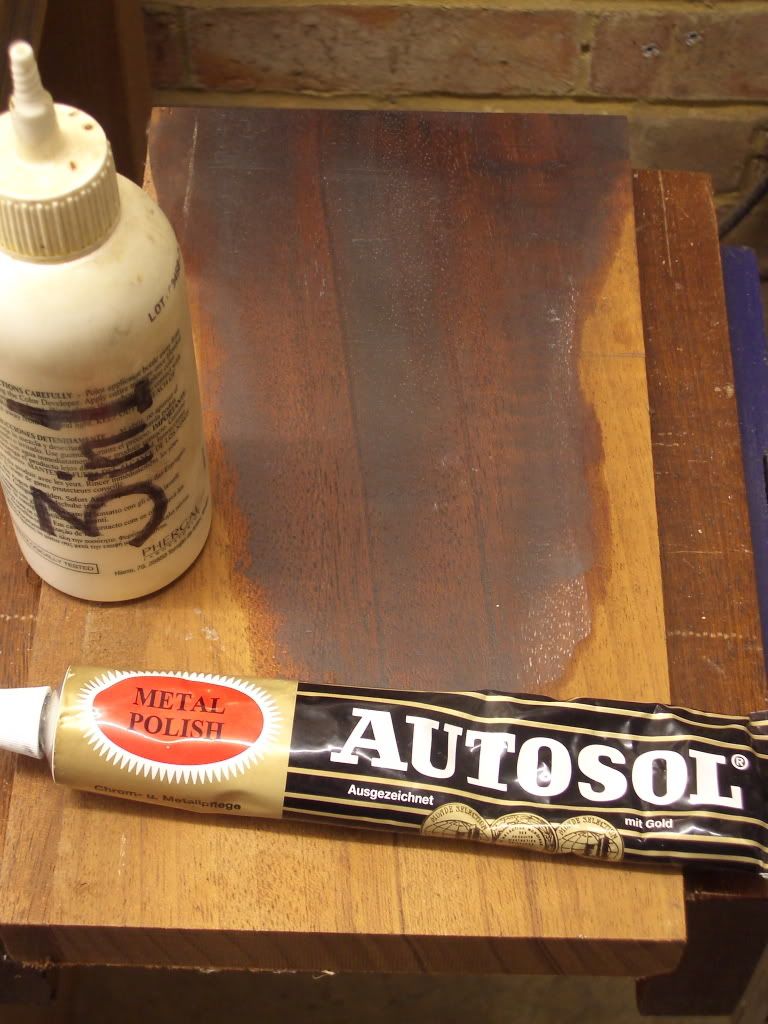bexupnorth":hn0pcff5 said:
For reference I'm trying to follow the Grimesdale method (having re-read it since I posted this I'm not doing it very well) as I like the idea of a rounded blade that "never" needs to be correction ground (yeah I know, I'm deluding myself).
Jacob AKA grimsdale had a disciple, a while back. He made some useful videos, and has continued to adapt and develop convex bevels. You may find his experience and point of view helpful.
http://www.closegrain.com/2010/04/grimsdale-method.html
He uses rather more, and finer grained, abrasives than Jacob's "Norton fine does everything" approach, and he's also a back-flattener.
Over time, he's evolved a slightly different system;
http://www.closegrain.com/2012/07/conve ... ening.html
http://www.closegrain.com/2012/07/conve ... art-2.html
http://www.closegrain.com/2012/08/doubl ... ening.html
http://www.closegrain.com/2012/08/doubl ... ng_24.html
The approach has essentially morphed into a classic "grind low and rough, hone high and fine", bit it took two years to do so...
He's also tried other systems:
http://www.closegrain.com/2012/09/hollo ... ening.html
He's come to a conclusion...
Steve Brennan":hn0pcff5 said:
As with all the other methods I've practiced, I was able to get excellent results. The key lessons to be learned are that there are many ways to sharpen that work well (though people will endlessly debate multiple aspects of each), but that they all take an investment in time and practice. Some may offer quicker success, but it's not that difficult to get them all on par.
BugBear




































